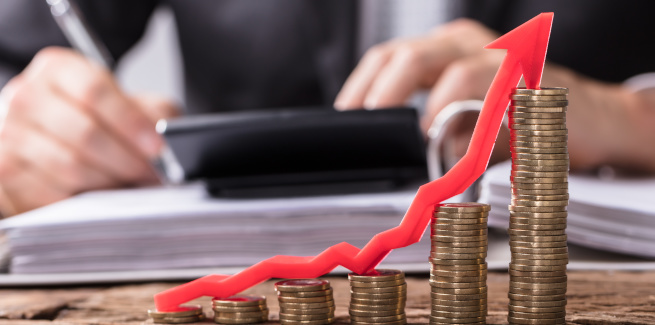According to property data and analytics company CoreLogic, national home values rose by 1.9 per cent in June, closing out the annual growth for the financial year ending 30 June 2021 to 13.5 per cent.
According to CoreLogic’s head of research for Australia, Eliza Owen, this is the highest annual rate of growth seen across the Australian residential property market since April 2004, when the early 2000s housing boom was winding down.
The growth was driven by a rise in house values, which increased by 15.6 per cent over the year, compared to a 6.8 per cent lift in unit values.
Darwin experienced the greatest surge in dwelling values, rising by 21 per cent in the year.
This was followed by Hobart (19.6 per cent), Canberra (18.1 per cent) and Sydney (15.0 per cent).
Sydney continues to have the highest median value of the capital cities, with its figure for the year ending FY21 coming in at $994,292 (however, CoreLogic has estimated that there are at least 218 markets where the house or unit median has now surpassed $1 million).
Meanwhile, Brisbane and Adelaide were at similar growth rates – at 13.2 per cent and 13.9 per cent growth, respectively – over the year.
Perth experienced the smallest increase in dwelling values over the financial year, rising by 9.8 per cent, with Melbourne coming marginally ahead (10.7 per cent).
Pace of growth starting to slow
However, looking at the most recent monthly stats, growth rates are starting to cool from their rapid rises.
Hobart continued its strong streak, with 3.0 per cent growth last month, as did Sydney (2.6 per cent) and Canberra (2.3 per cent). However, the Australian capital was the only capital city to see growth outpace May figures.
Brisbane and Adelaide recorded more subdued monthly price growth of 1.9 per cent and 1.6 per cent.
However, CoreLogic said that the loss of momentum can be seen most clearly in markets like Darwin and Perth, where values grew by just 0.8 of a percentage point and 0.2 of a percentage point.
“The key to understanding the softer performance in these resource-based markets may be a slightly different supply-demand dynamic compared to the other capital cities and regions,” Ms Owen noted.
Overall, last month’s growth rate was down by 30 basis points from May 2021, and 90 basis points from a recent peak in March 2021.
“Persistently, high housing value growth rates are proving unsustainable, from both an affordability perspective and renewed headwinds amid a lockdown in Sydney and other parts of the country,” the data analysts said.
They also noted that transaction activity is becoming more volatile.
CoreLogic said that while new listings in the market have risen, total stock remained 25 per cent below the five-year average.
“It is difficult to say whether this dynamic will be maintained in the coming weeks amid lockdown conditions in parts of Australia. Sales volumes are likely to decline, but new listings added to market also tend to decline during lockdowns, as properties are harder to sell,” Ms Owen said.
“The current dynamic in supply and demand is more likely to be shifted by significant changes to demand, whether from a change in lending conditions or weaker economic outcomes amid the current rise of COVID-19 case numbers.”
CoreLogic’s latest report also touched on the possibility of macro-prudential action by the Reserve Bank of Australia in the near future.
The report said: “Already through June, several of the major banks have forecast cash rate increases earlier than has previously been indicated by the RBA. A sooner-than-expected uplift in the cash rate would bring forward mortgage rate rises and reduce demand for credit.
“Furthermore, off the back of APRA writing to major lenders to ensure proactive risk management in home lending, there have been early signs of more conservative home loan assessments. Any reduction in credit availability is likely to contribute to a downside shift in market conditions.”
[Related: Owner-occupied loans march ahead of investors: APRA]
 ;
;